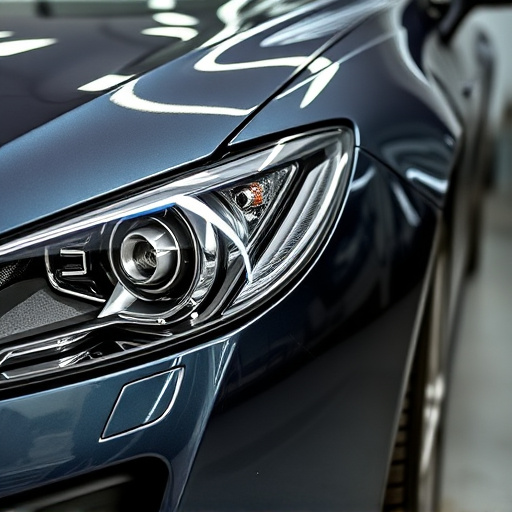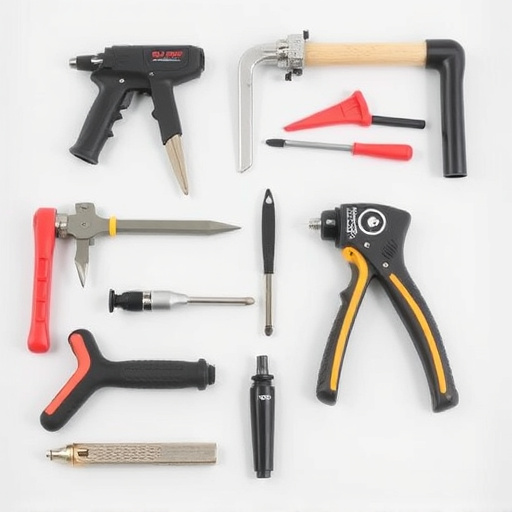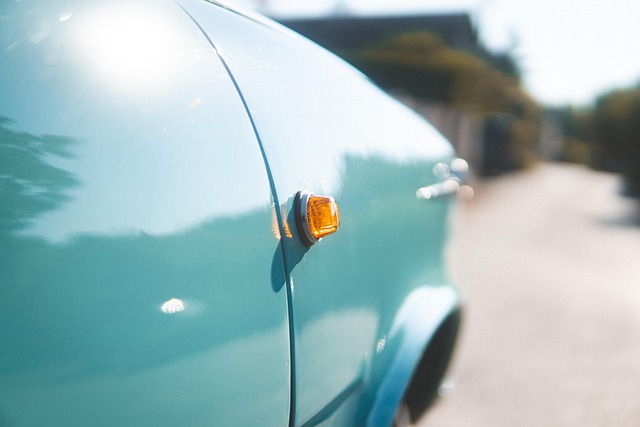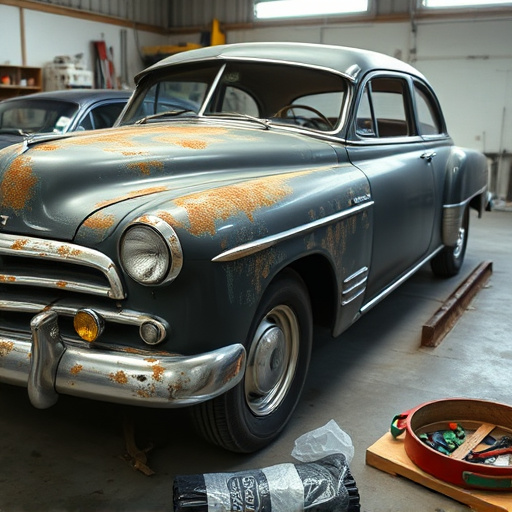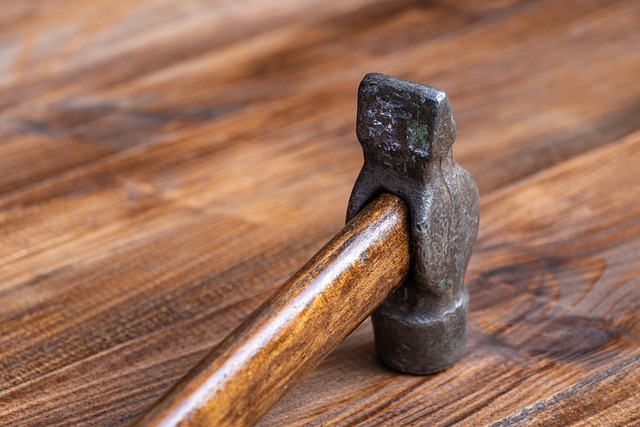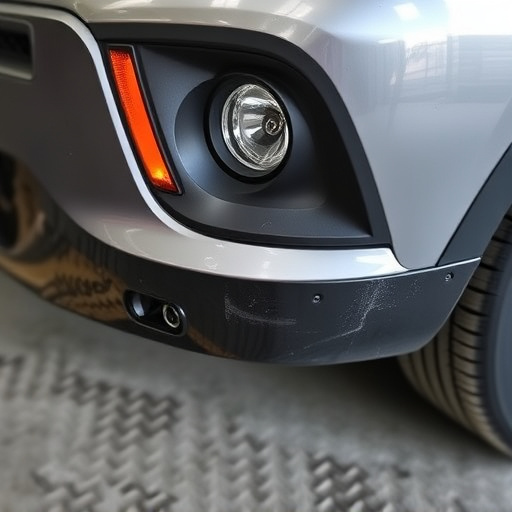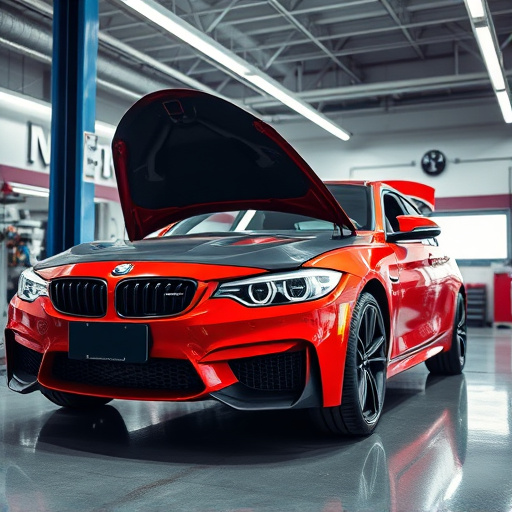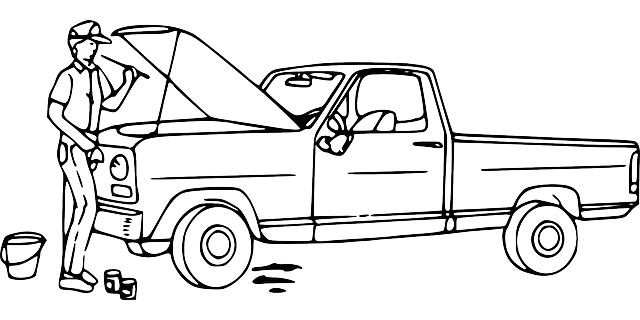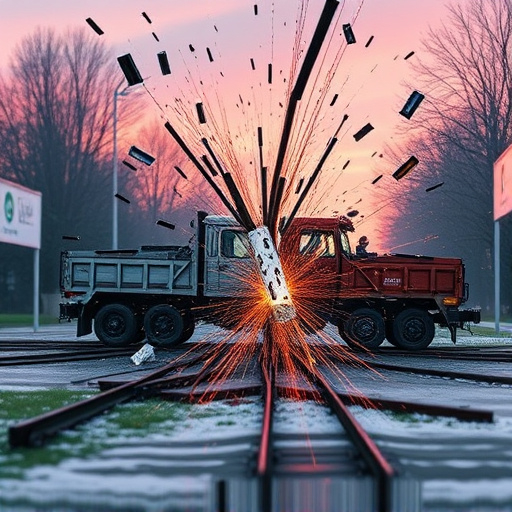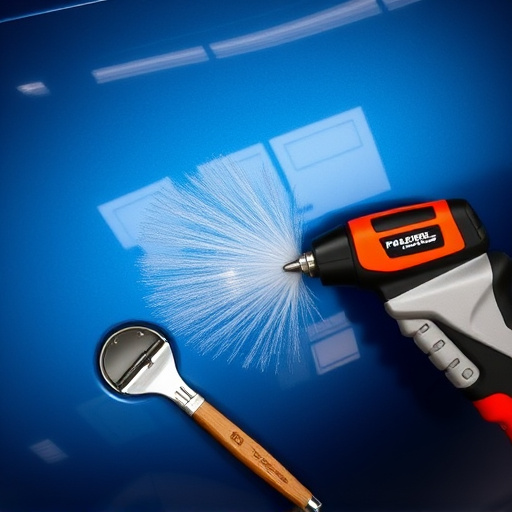Collision paint service industry is rapidly evolving with technological advancements, offering faster, efficient repairs using tools like CAD and robotic systems. Innovations in auto glass and dent removal techniques enhance aesthetics and speed. Sustainable practices, including eco-friendly materials, are gaining traction for environmental reasons. Advanced technologies and precision meet growing demand for high-quality restoration work, catering to classic car enthusiasts preserving automotive history.
Collision paint service is evolving rapidly, driven by advanced technology and shifting consumer expectations. In today’s repair landscape, shops are embracing innovative techniques like robotic painting and water-based paints for faster, more eco-friendly results. Meanwhile, prioritizing customer experience means efficient scheduling, transparent pricing, and high-quality finishes. This article explores these trends, shedding light on how modern collision paint services are redefining the industry.
- Advanced Technology Transforming Collision Paint Service
- Sustainable Practices in Modern Repair Shops Today
- Customer Experience: Trends Shaping Collision Paint Service
Advanced Technology Transforming Collision Paint Service
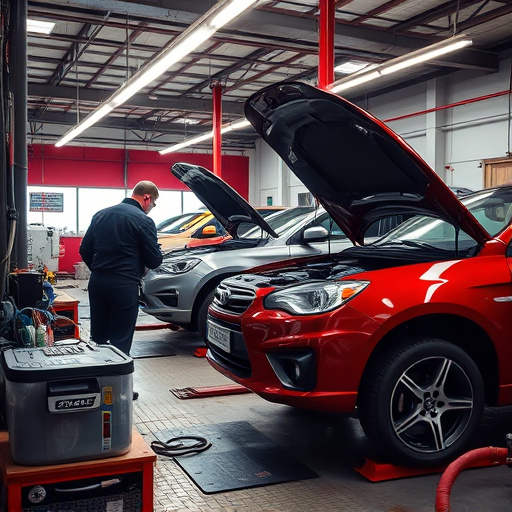
The collision paint service industry is undergoing a significant transformation driven by advanced technology. Modern repair shops are now equipped with state-of-the-art equipment and software that enable more precise, faster, and efficient car body repair processes. These technologies, such as computer-aided design (CAD) and robotic painting systems, ensure consistent, high-quality results while reducing the time and labor required for complex collision repairs.
Moreover, advancements in auto glass repair techniques have also played a crucial role in enhancing collision paint service. With innovations like laser technology for precision cutting and advanced adhesives for secure bonding, repairs are faster and more aesthetically pleasing. Additionally, car dent removal methods have evolved to include pneumatic tools and automated systems, making it possible to restore vehicles to their pre-accident condition more effectively and efficiently than ever before.
Sustainable Practices in Modern Repair Shops Today
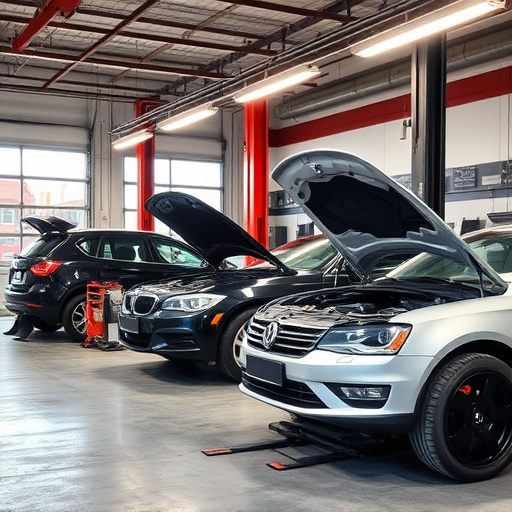
In modern auto repair shops, especially those specializing in collision paint service, sustainable practices are becoming a defining factor. This shift is driven by both environmental consciousness and economic viability. Eco-friendly materials and techniques are increasingly adopted to minimize waste and reduce the carbon footprint associated with traditional painting processes. For instance, water-based paints and low-VOC (volatile organic compound) options are replacing harmful chemicals, contributing to cleaner air within repair facilities and surrounding communities.
Beyond environmental benefits, these sustainable practices also cater to customers’ growing demand for eco-conscious services. Many car owners, particularly those who choose high-end brands like Mercedes-Benz repairs, prefer auto repair shops that align with their values. As a result, reputable collision paint services are not just adopting but promoting these methods to stay competitive in the market and attract a diverse customer base, including those seeking top-notch car body shop services near them.
Customer Experience: Trends Shaping Collision Paint Service
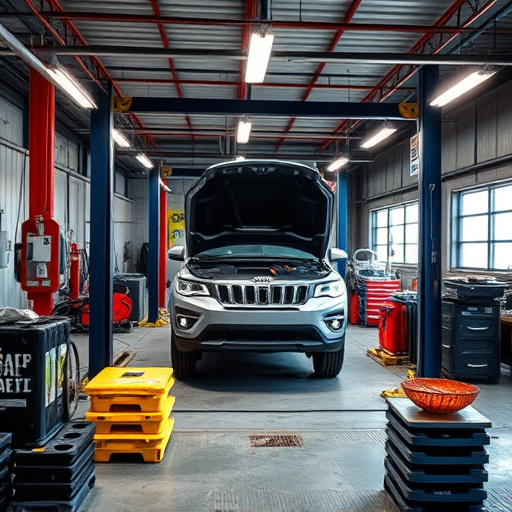
In today’s competitive market, collision paint service trends are revolutionizing customer experiences at collision repair shops. One notable shift is the increasing demand for precision and quality in restoration work, reflecting a heightened appreciation for detail among car owners. This trend necessitates advanced technologies like computer-aided design (CAD) systems and robotic painting equipment, ensuring consistent, high-quality finishes.
Moreover, the rise of classic car restoration services highlights another significant trend. Enthusiasts are seeking expert collision paint service for vintage vehicles, demanding meticulous frame straightening and precise color matching to preserve these cars’ historical integrity. Collision repair shops that cater to this niche market not only offer specialized services but also contribute to preserving automotive history, fostering a sense of community among classic car owners.
In conclusion, the collision paint service industry is undergoing a significant transformation driven by advanced technology, increasing focus on sustainability, and evolving customer expectations. As we’ve explored through this article, trends such as automated painting systems, eco-friendly materials, and enhanced customer experiences are not only improving efficiency but also redefining the standard of repair quality. By adopting these innovations, collision paint service shops can stay competitive in today’s market and cater to the ever-demanding needs of their clients.
